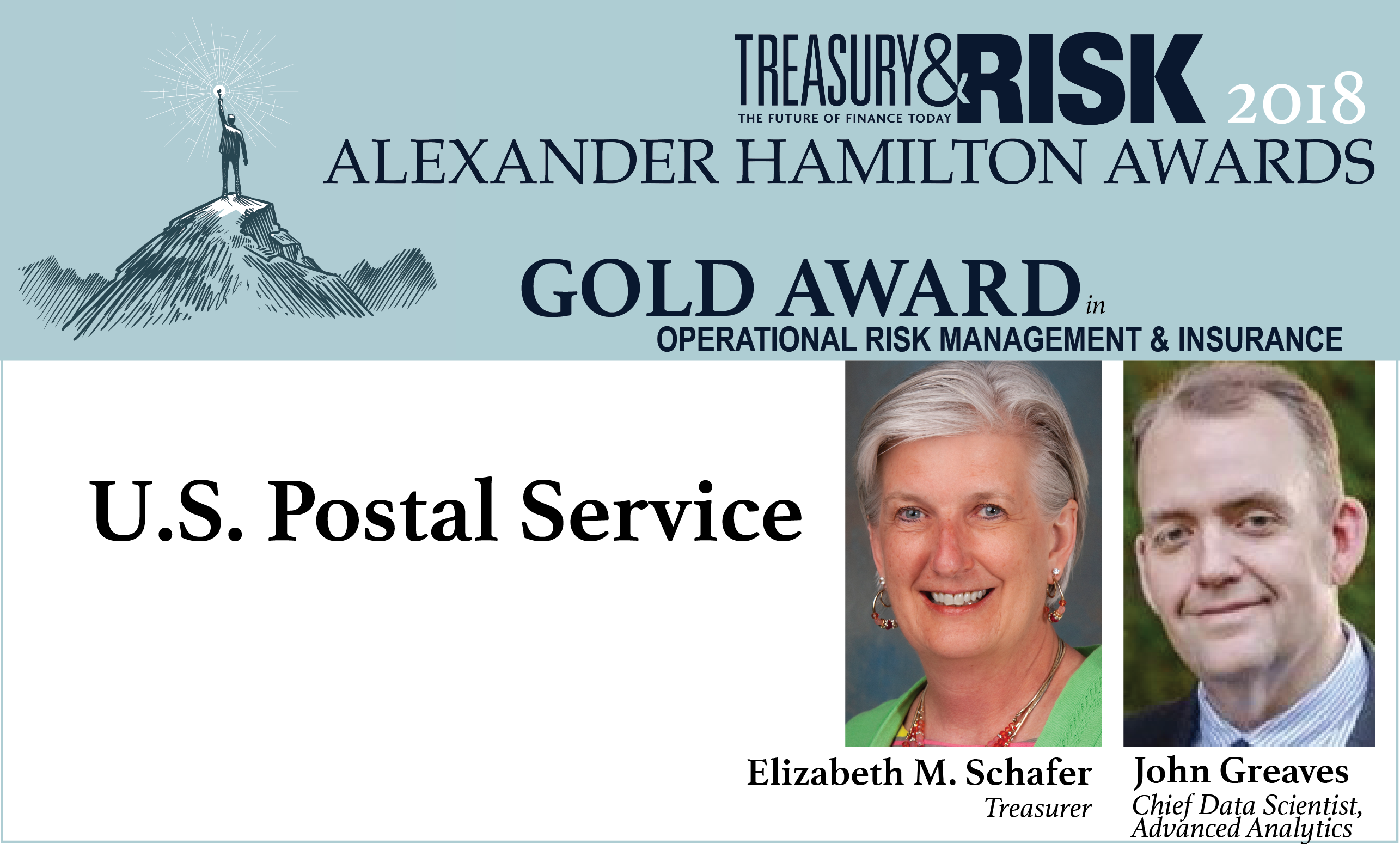

See also:
- Custom-built Model Drives Better Reserving for Liability Claims
- 2018 Alexander Hamilton Awards in Treasury Transformation
2019 Alexander Hamilton Awards
Enter today© Touchpoint Markets, All Rights Reserved. Request academic re-use from www.copyright.com. All other uses, submit a request to [email protected]. For more inforrmation visit Asset & Logo Licensing.


